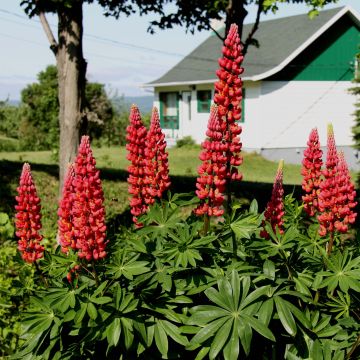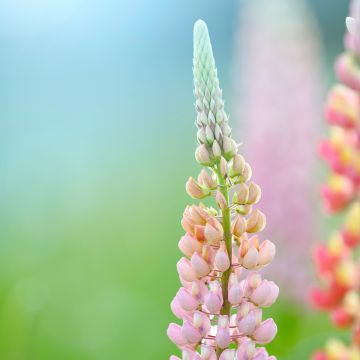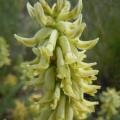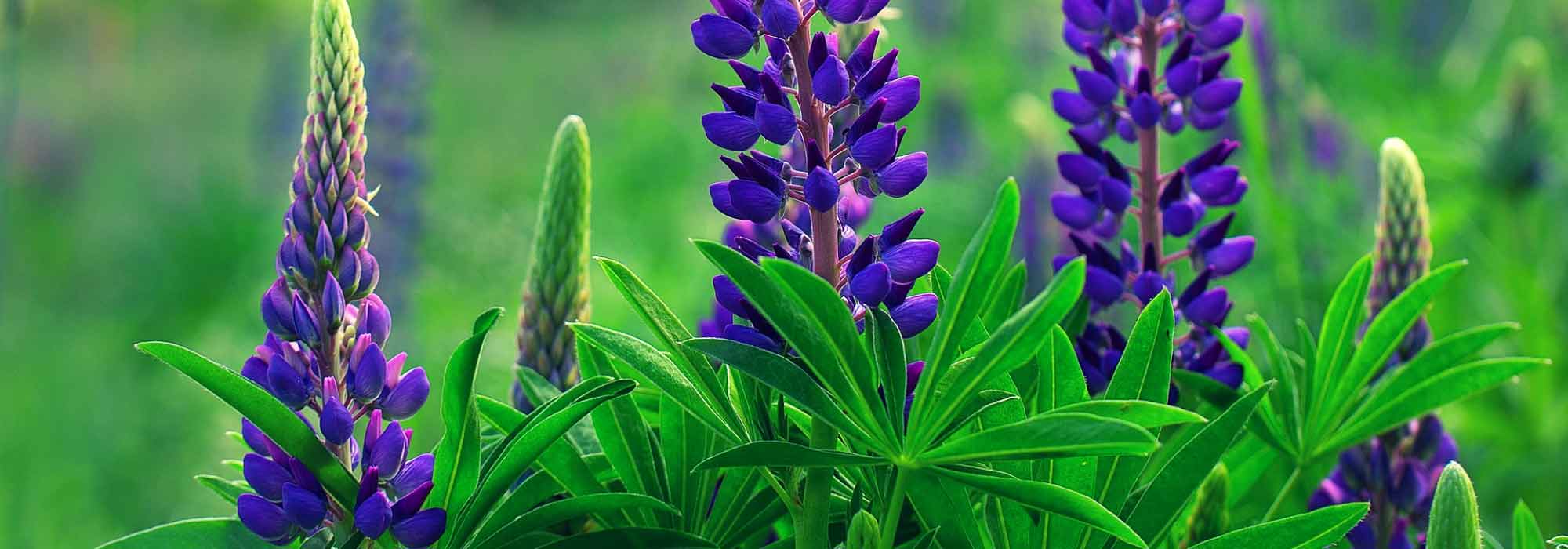Lupinus - Lupin
Would this plant suit my garden? Set up your Plantfit profile →
Available in 3 sizes
Available in 3 sizes
Available in 1 sizes
Available in 2 sizes
Available in 3 sizes
Available in 2 sizes
Available in 1 sizes

Available in 1 sizes
Available in 1 sizes
Available in 1 sizes
Available in 2 sizes
Available in 2 sizes
Available in 2 sizes
Available in 1 sizes
Available in 2 sizes
Available in 2 sizes
Available in 1 sizes
Available in 1 sizes

Available in 2 sizes
Available in 1 sizes
Available in 1 sizes
Available in 1 sizes
Available in 1 sizes
Available in 1 sizes
Available in 1 sizes
Lupins or Lupinus are generous perennials that bear clusters of flowers up to 60cm (24in) in various shades that fade to white at the tip. These plants have a compact shape and can reach a height of 1.50m (5ft), with palmate, deeply cut and very unique leaves. From May to August, their abundant flowering in spikes is great in borders, rockeries, and bouquets. They are easy to grow and hardy, they prefer fresh, rich, deep, non-calcareous soils in sunny or semi-shady locations. Combined with hollyhocks or alone in the middle of a short grass meadow, lupins bring voluptuousness to the garden. Care: Divide every 5 years in autumn to rejuvenate the stump. Mulch in summer and water well. Cut back the flower spikes to limit propagation. Although lupin flour (rich in protein) can be found in organic stores, beware that some species have toxic seeds if ingested!
Haven't found what you were looking for?
































































































































































































































































































































































